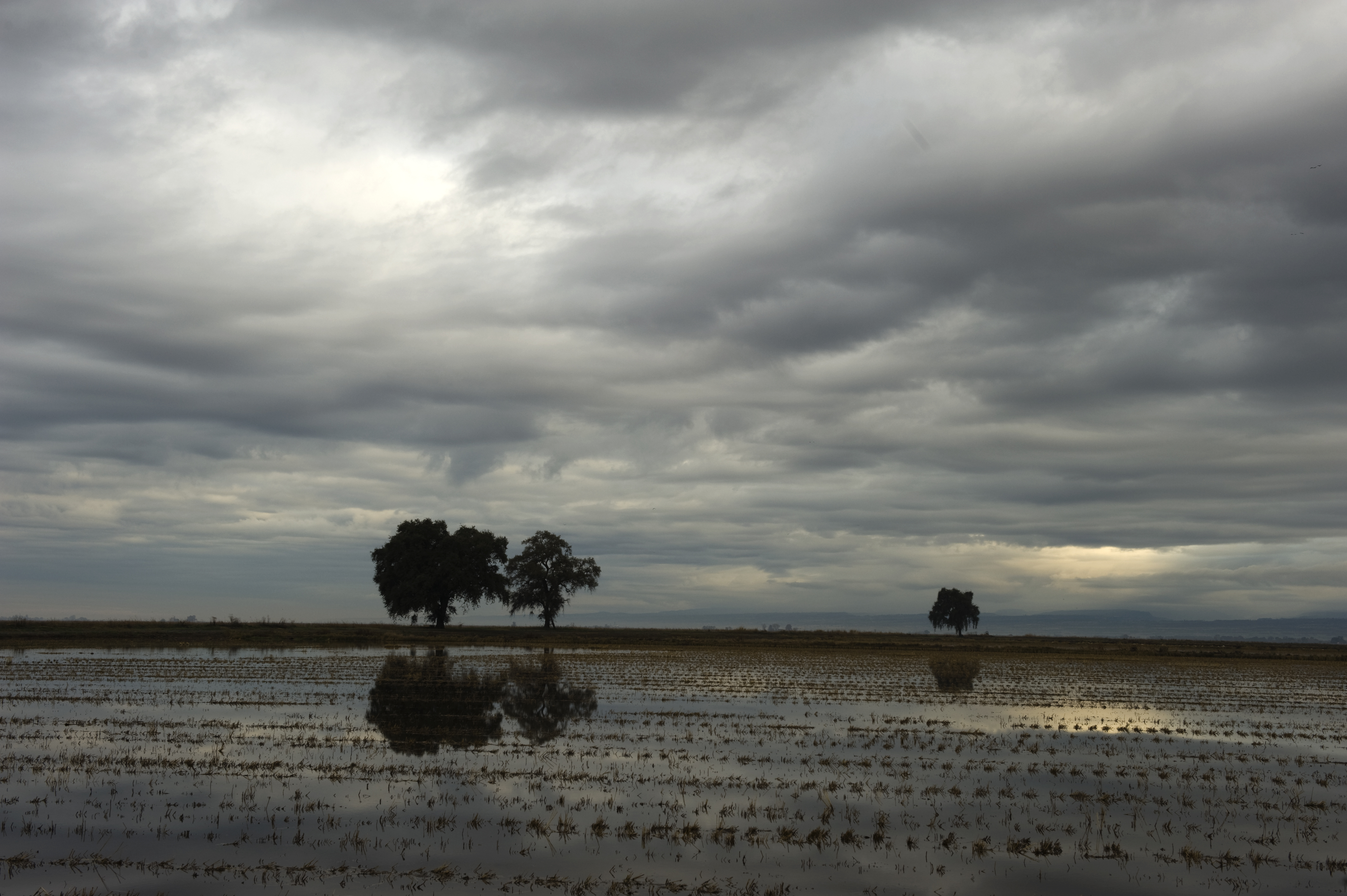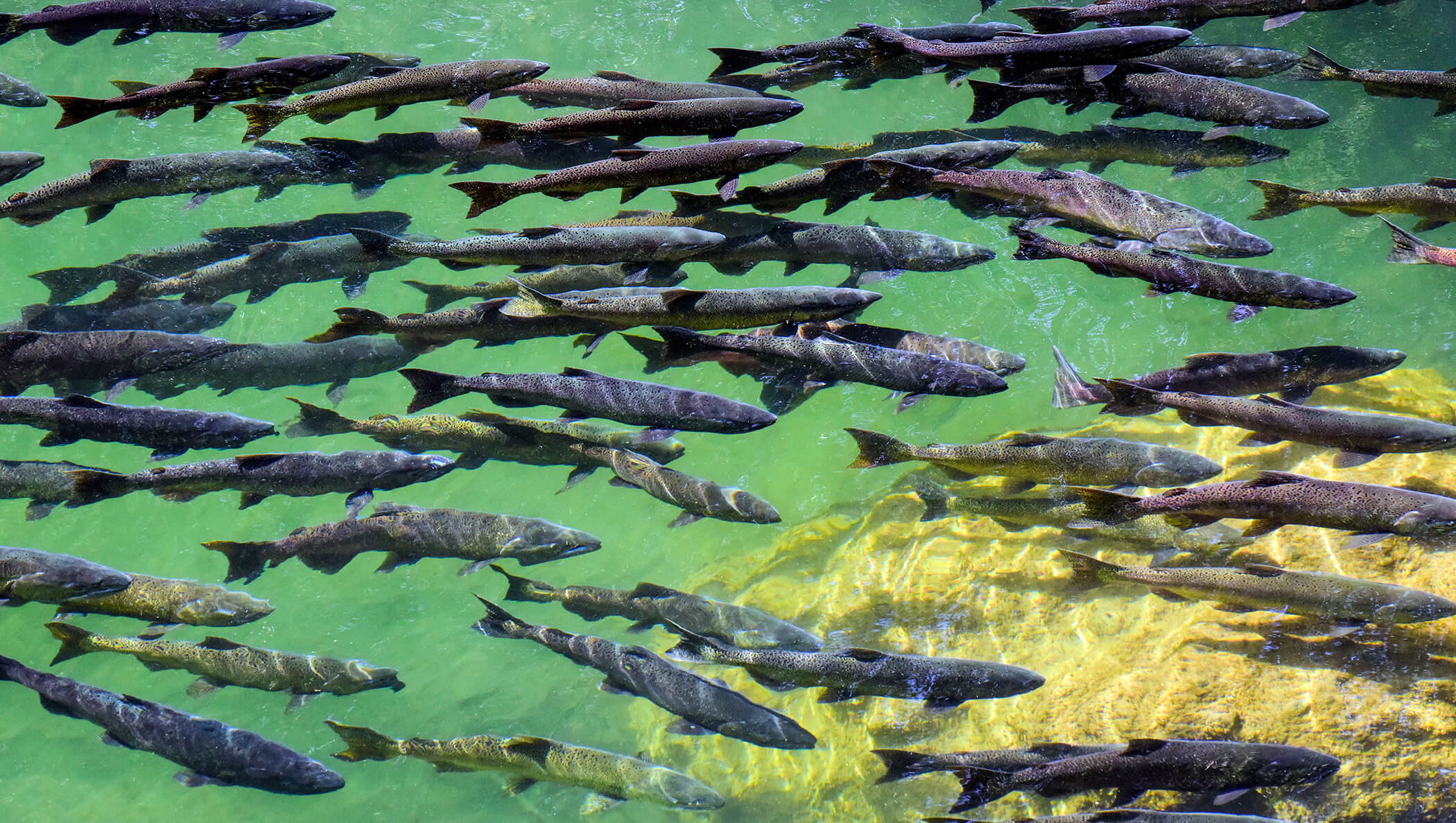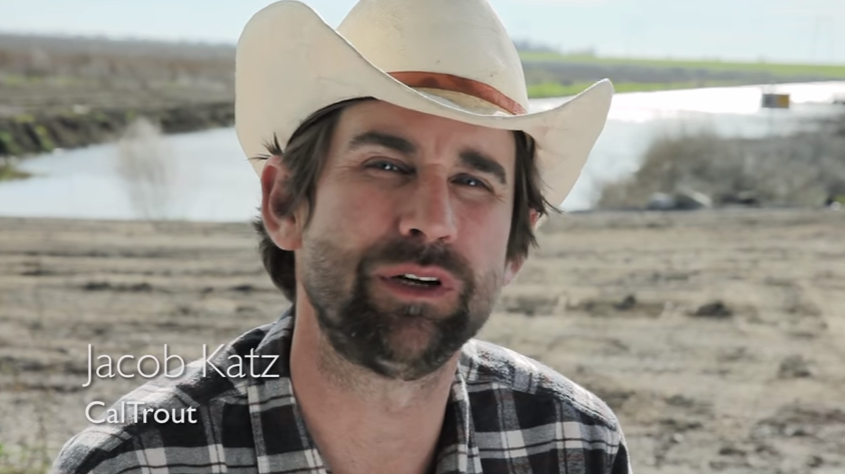Sacramento Valley water suppliers and landowners–as part of the ongoing effort to creatively manage water for various beneficial purposes—are working closely with conservation organizations and state and federal agencies to provide immediate nourishment and improved habitat for fisheries in a concerted manner.
As part of the Sacramento Valley Salmon Recovery Program, the partners held a forum in Yuba City last week to explore ways to provide functional flows that will produce more food for fish this fall and winter. The story today in the Marysville Appeal-Democrat captured the enthusiasm and desire to scale up these programs in the Sacramento Valley.
This work builds upon the exciting work that is underway in the Yolo Bypass to produce food for fish on rice fields. For a glimpse into these exciting new actions, see Cal Trout’s film No Going Back.
Additionally, this past summer state, federal and local water district officials partnered to send water through a wetland and tidal slough corridor of the Sacramento River system and into the Delta where it created a phytoplankton bloom, the critical base of the food web for smelt. The plan was developed based on observations by agency scientists in the fall of 2011 and 2012 following larger-than-normal agricultural drainage flows from the Yolo Bypass. These flows produced an unusual plankton bloom in the Rio Vista area of the lower Sacramento River. Scientists theorized that this production of plankton could be generated in other years if the conditions in the Yolo Bypass could be repeated. Food web impacts are thought to be one of the major factors responsible for the decline of Delta smelt.

These actions are part of a larger effort underway throughout the Sacramento Valley, based on new science, to spread water across the region to serve multiple benefits: increased food production for fish and other aquatic species in bypasses and related areas; important habitat and food for birds along the Pacific Flyway; and groundwater recharge that will be important for groundwater sustainability and preparing for future dry years.





